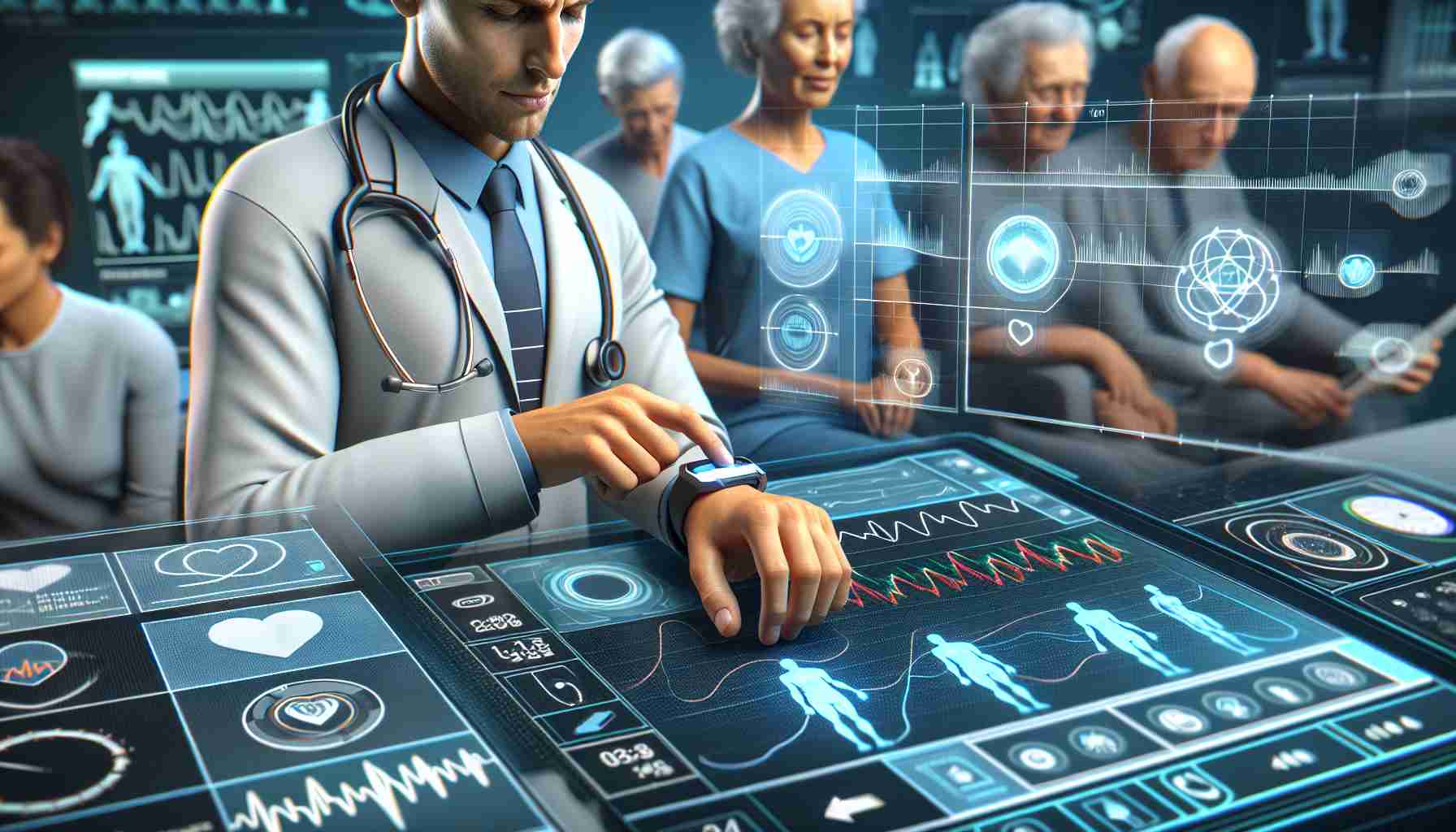A recent study has revealed that smartwatches, particularly the Apple Watch, could be invaluable in providing continuous health tracking for individuals with early-stage Parkinson’s disease. By pairing the watch with an iPhone, researchers from the University of Rochester Medical Centre were able to monitor the symptoms of Parkinson’s disease, such as gait irregularities and tremor, over an entire year without requiring the patient’s active participation.
The use of this wearable technology proved to be an innovative approach to capture subtle changes in the patient’s condition. Whether it was through recording voice samples that could point out speech difficulties or by assessing physical tremors, the data collected offered new insights into disease progression. Jamie Adams, an associate professor of Neurology at the center, emphasized the potential of digital tracking to develop a more objective and sensitive evaluation of Parkinson’s disease symptoms.
This groundbreaking investigation, highlighted in the npj Parkinson’s Disease journal, shows the potential to revamp how Parkinson’s disease is monitored. Scientists believe these insights could be pivotal in advancing clinical trials, accelerating the development of new treatments, and delivering them to patients more swiftly.
Parkinson’s disease, characterized by symptoms such as muscle rigidity, tremors, and slow movements, is a progressive neurological disorder. While its cause may be linked to genetic factors or environmental exposures such as pesticides, many aspects of its origin remain a mystery. The study’s findings highlight a significant leap forward in addressing the complexities of managing a condition that has long term, life-altering effects on those diagnosed.
Key Questions and Answers:
What are other ways technology is aiding Parkinson’s disease monitoring? Beyond the use of smartwatches, other technology includes smartphone apps, movement tracking sensors, and deep brain stimulation devices. These technologies help in managing symptoms, monitoring progress, and adjusting therapy regimens.
What are the main challenges with using technology in Parkinson’s disease monitoring? Key challenges include ensuring patient privacy and data security, the need for technological literacy among patients, achieving high accuracy in symptom tracking, and integrating tech solutions with existing healthcare systems.
Are there any controversies associated with the use of technology for Parkinson’s monitoring? Controversies mainly surround data privacy concerns and the potential reduction in face-to-face clinical interactions. There’s also an ongoing debate about the accessibility of such technology for all socioeconomic groups.
Advantages and Disadvantages:
The advantages of using technology like smartwatches in monitoring Parkinson’s disease include continuous, non-invasive tracking, increased objectivity in symptom assessment, and the ability to collect large data sets which can inform personalized treatments. Additionally, it provides convenience for patients as it reduces the need for frequent clinic visits.
Despite the advantages, there are disadvantages. One is the potential for over-reliance on technology, which may overlook nuanced symptoms that a trained clinician can detect. Another is the cost and accessibility barrier for some patients. Privacy concerns and the risk of data breaches also exist, as does the need for ongoing technology updates and maintenance.
Related Links:
For more information on Parkinson’s disease, its treatments, and the role of technology, visit the following links:
– Parkinson’s Foundation
– American Parkinson Disease Association
– The Michael J. Fox Foundation for Parkinson’s Research
Please note that the mentioned websites are assumed to be accurate at the time of writing, and linking to the main domains avoids the issues with subpage URL changes over time.
